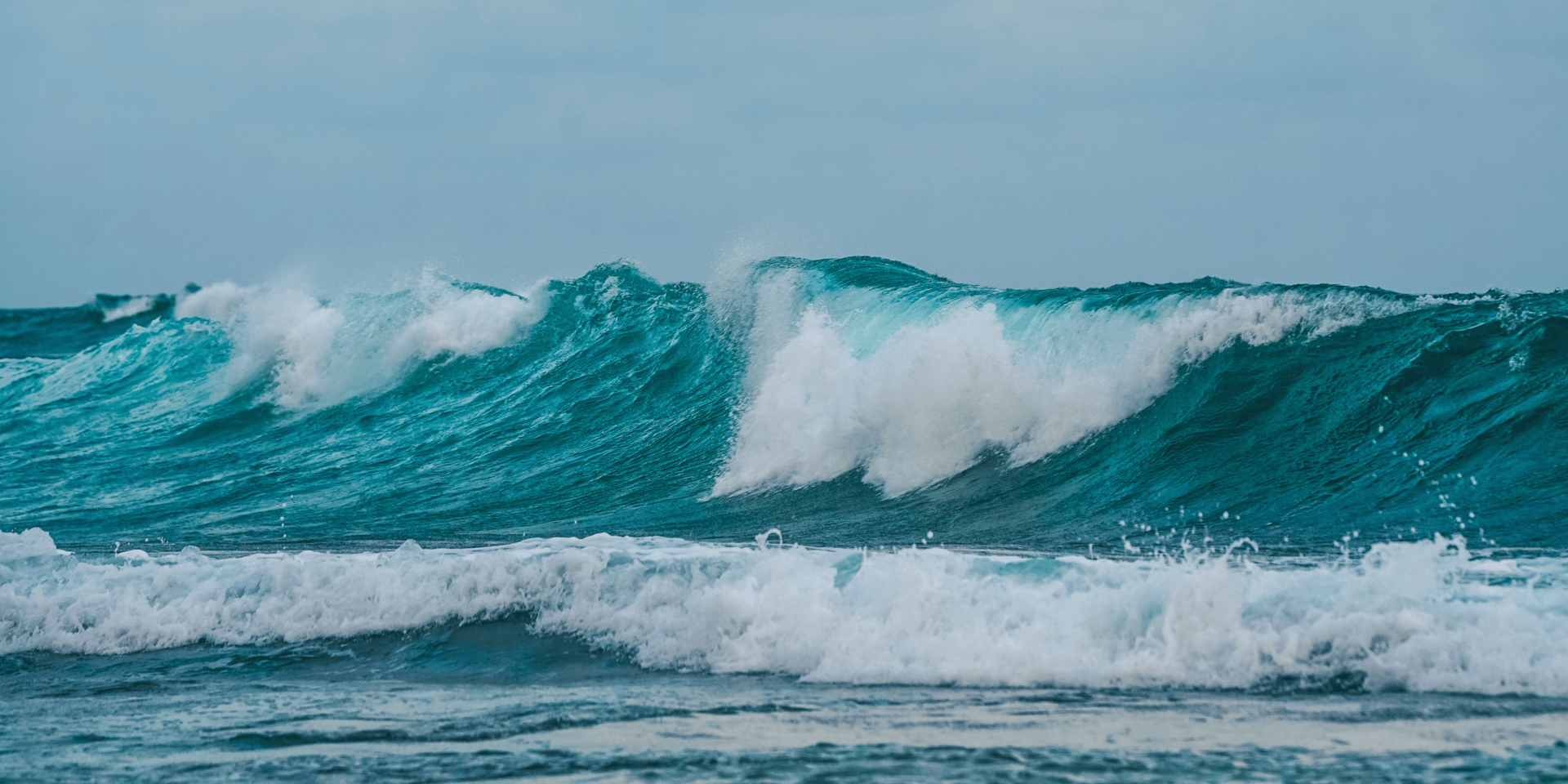
Supertubes at Sunrise: The Unseen Rituals of J-Bay’s Core Surfers
Long before tourists arrive and surf reports go live, Jeffrey’s Bay is already awake. At Supertubes, the break doesn’t wait for attention. It meets the committed at sunrise. The locals—J-Bay’s core surfers—move through their rituals quietly. For them, these mornings are not about performance. They are about rhythm, respect, and readiness.
Early Arrival Sets the Tone for the Lineup
The day begins before the light breaks. Core surfers arrive early to feel the water, read the swell, and take their place in a space that demands presence.
A pickup parks near the rocks while the sky is still dark. The surfer steps out slowly, leaving footprints in the sand. There’s no rush. The ocean doesn’t hurry, and neither do they. They walk the shoreline, not to scout, but to reconnect. Each step on the cold sand reminds them of the weight of routine, the kind built through years of practice.
The Walk Along the Reef Is Part of the Process
Reaching Supertubes means more than paddling out. It starts with a measured walk along the reef, a ritual as much about observation as preparation.
The reef trail shifts with the season, and locals adjust without complaint. They know every curve of the rocks, every loose patch underfoot. With each step, they scan the horizon, reading the wind direction and how the swell folds along the point. Their boards remain underarm, waxed and ready, but not yet in the water. This moment belongs to focus.
Silence Signals Awareness, Not Distance
At first light, the beach is quiet. There are no greetings shouted across the lineup. Nods, eye contact, and small gestures replace words. Silence creates trust.
A few surfers gather near the point, boards on the sand, waiting for the tide to shift. No one speaks loudly. The silence is intentional. It makes space for awareness—of each other, of the ocean, and of what the morning might bring. In this stillness, surfers observe who’s present and who’s earned a spot in the set.
Pre-Session Checks Are Tied to Safety and Skill
Before paddling out, surfers run mental and physical checks. They test fin tightness, leash knots, and rail pressure. These actions are not routine—they are required.
Kneeling by a dune, one surfer presses down on the tail of their board, watching how it flexes. Another adjusts the leash, pulling tight and rewrapping it with precision. These quiet checks aren’t about perfection—they’re about accountability. In J-Bay, the water doesn’t forgive carelessness. Preparedness is part of respect.
Entry into the Lineup Is Earned, Not Claimed
The paddle out is never rushed. It happens when the surfer feels in sync with the set, not ahead of it. Locals don’t compete for position—they wait for the right moment.
A break opens between sets. One surfer pushes off, duck diving with measured effort. No splashing. No performance. Just movement timed to avoid disruption. As they enter the lineup, they wait off to the side, eyes down, board steady. They don’t paddle straight to the peak. They know the rules. Position comes from patience.
Reading the Ocean Requires Experience, Not Guesswork
Supertubes demands more than confidence—it requires comprehension. The core surfers of J-Bay read the lineup like a book they’ve memorized cover to cover.
From their position just outside the peak, they watch the swell shift shape. The second reef starts to pull. The inside section barrels harder than expected. They adjust without speaking. Their knowledge doesn’t come from an app or a graph—it comes from seasons spent watching this stretch of water change shape under different skies.
Respect in the Water Comes Without Reminders
Local surfers follow a code that isn’t posted on signs. Respect is shown through action—waiting your turn, watching out for others, and knowing when to hold back.
A younger surfer joins the edge of the pack, eyes alert, board angled slightly outward. They don’t paddle in on the first wave they spot. Instead, they watch how the others move. When a more seasoned surfer takes off, the younger one pulls back. This mutual respect keeps Supertubes safe, even when the sets hit hard.
Post-Wave Moments Matter as Much as the Ride
After a ride, locals don’t celebrate. They return to the lineup without fuss. The goal isn’t attention—it’s consistency.
A clean ride ends near the sand, and the surfer jogs back along the rocks with purpose. No high fives. No cheers. Just a steady return to the point, ready for the next wave. Each session is a loop—entry, awareness, execution, return. These quiet transitions define the unspoken pace of the morning.
Community Forms Through Shared Repetition
The connection between J-Bay’s core surfers isn’t built on conversation—it’s built on repetition. Day after day, year after year, the same faces arrive, paddle out, and take turns.
Back at the parking area, surfers strip off wetsuits and rinse off sand. Someone pours coffee into a tin mug. Another checks the tides for the afternoon. No one needs to explain the session. The shared experience is enough. These rituals form the social structure of the surf community—low in volume, high in meaning.
The Ritual Doesn’t End When the Waves Fade
Even after the set passes and the light changes, the influence of the morning remains. These unseen rituals shape how surfers move through the rest of their day.
By late morning, the beach is fuller. The rhythm shifts. But the early surfers have already had what they came for. Their muscles carry the weight of the session, and their minds stay rooted in the calm that comes from knowing they’ve honored the water, the break, and the code.
